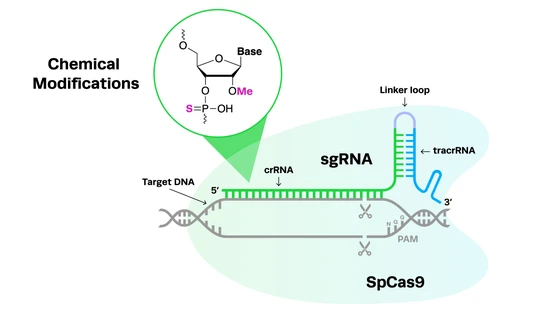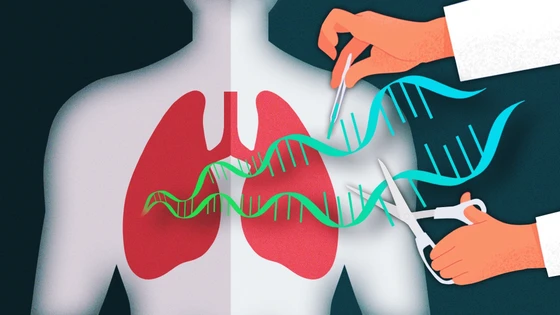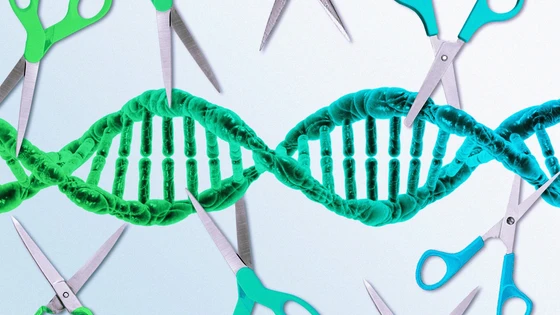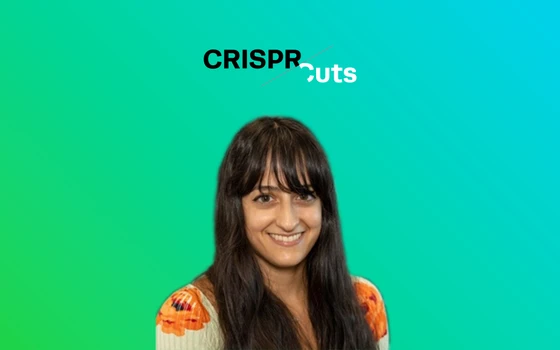The advancements in genome engineering are rapidly progressing as more and more scientists are using CRISPR in their research. At Synthego, we bring together industry and academic researchers at our Genome Engineering Summits, taking place in multiple cities across the United States.
Synthego’s Genome Engineering Summit in San Francisco took place on May 29, 2019. Researchers from industry and academia came together for engaging presentations on diverse topics, ranging from remodeling gene expression to tissue-targeted therapeutic genome engineering. The networking session presented the perfect opportunity for attendees to mingle with other researchers and learn more.
If you were unable to attend the event, we have you covered! In this article, we highlight the key takeaways from the summit presentations:
RNA Chaperones Remodel Gene Expression: Dr. Stephen Floor
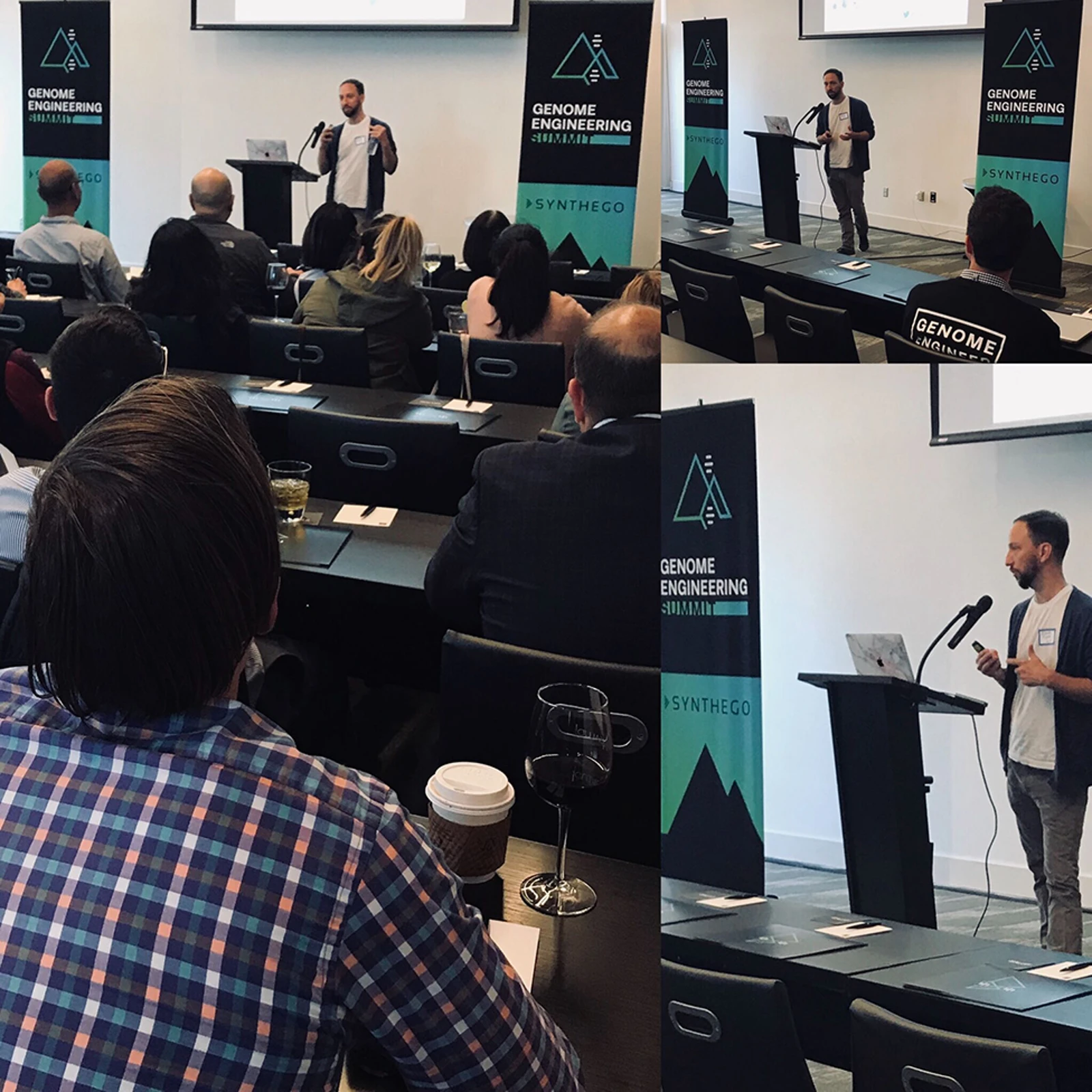
Dr. Stephen Floor, assistant professor at UCSF, opened the session with his research on the role of RNA chaperones in translational control and DNA repair pathways involved in CRISPR-Cas9 gene editing.
The first part of his talk focused on RNA properties that control gene expression. The team studied the binding of RNA helicase, DDX3X, and also investigated how the loss of function of DDX3X impacts two disease models, medulloblastoma and intellectual disability.
The researchers used CRISPR-Cas9 to generate DDX3X loss of function knockouts and point mutations, similar to those observed in disease states. They observed disrupted neuronal cell development and migration patterns in the edited DDX3X cells.
Using a technique called cross-linking immunoprecipitation (CLIP), which crosslinks proteins and RNAs together, the team identified DDX3X interaction partners in the normal vs. mutated DDX3X cells. They found that DDX3X binds at a regulatory region at the 5’UTR at the beginning of mRNAs, and also binds to the small subunit of the ribosome.
Ribosomal profiling showed that DDX3X knockouts resulted in reduced RNA and protein levels, but the number of DDX3X-bound ribosomes on the open reading frame increased.
Dr. Floor’s team is now investigating the structural properties of the 5’UTRs to determine why DDX3X prefers them. They hypothesize that DDX3X remodels the structure of these specific mRNAs to allow ribosome to make it past the 5’ cap.
The second part of Dr. Floor’s talk focused on his research on the Fanconi Anemia (FA) pathway, which is a network of genes involved in DNA repair. HDR is considered as a “catch-all” DNA repair mechanism in the CRISPR-Cas9 knockin strategy. However, it is not that simple, explained Dr. Floor. The type of repair template may dictate which of the DNA repair mechanisms is activated following a CRISPR-Cas9 break.
The experimental design was as follows: cells expressing blue fluorescent protein (BFP) were transfected with ssDNA that had a point mutation converting BFP to GFP. Therefore successful knock-in cells were selected based on the color change from blue to green. RNA-seq revealed that genes related to HDR were unaffected, while genes in the FA pathway were upregulated in the knockin cells.
Dr. Floor suggested that the FA is a promising pathway used by cells to induce a highly-efficient single-stranded template repair, and stressed that HDR is not the “catch-all” repair strategy for knock-ins.
Engineered Guide RNAs Enable a Tissue-targeted Therapeutic Genome Engineering Platform: Lorena de Oñate
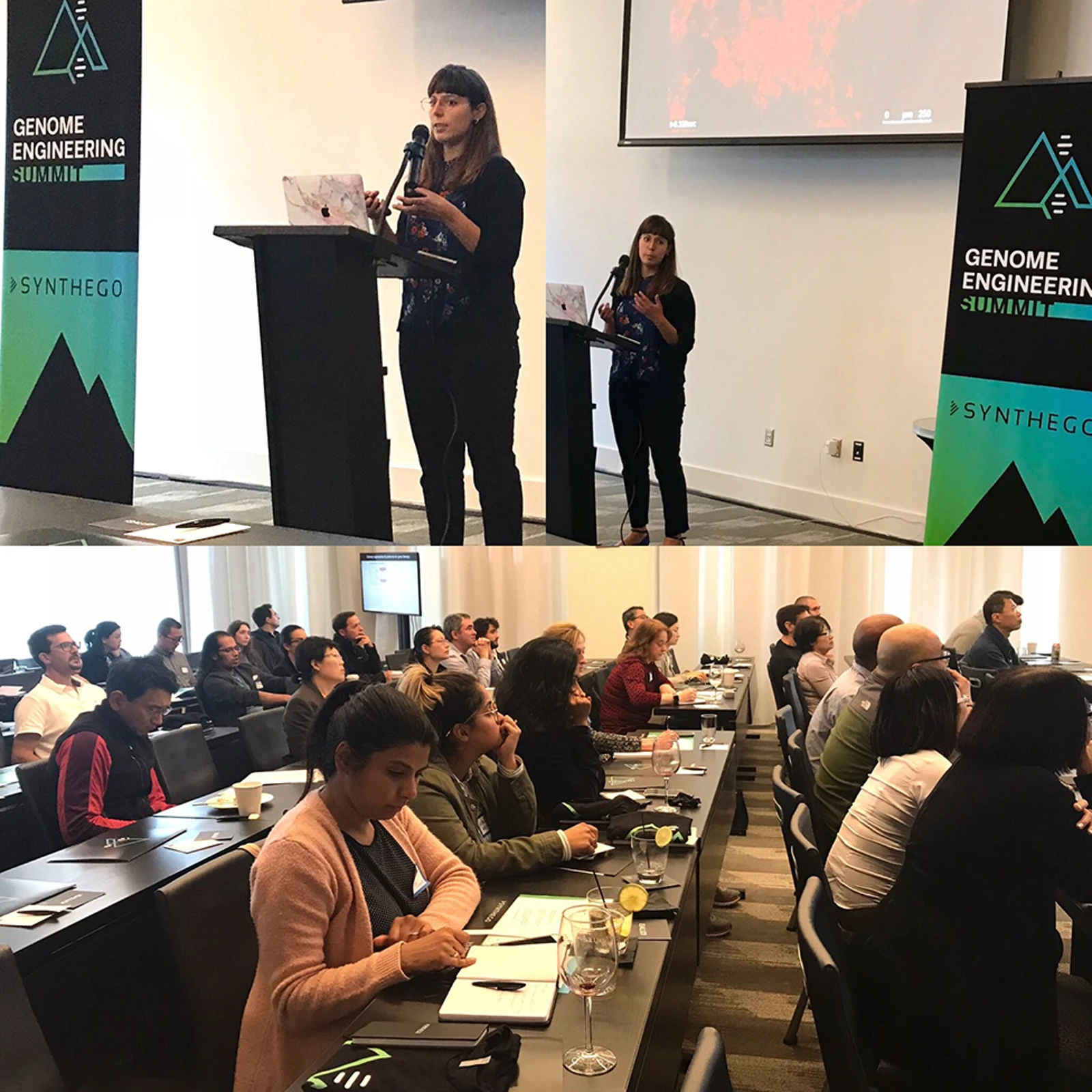
Dr. Lorena de Oñate is a postdoctoral researcher at the Innovative Genomics Institute in Ross Wilson’s lab. Widespread clinical use of genome editing enzymes is currently hindered by challenges in delivering enzymes specifically to target cells. Dr. Oñate’s studies focus on engineering tissue-targeted gene editing platforms.
Current delivery methods involve adeno-associated virus, but these are difficult to scale up and are also limited to intravenous injection and local delivery. The RNP complex has shown the lowest off-targets in different cells, and importantly the RNP is not able to penetrate the cells by itself. Dr. Oñate used this property to control their entry into specific cells by attaching ligands to RNP. Using sgRNA-spacer-scaffold, ligand-RNP systems were engineered that would open cell compartments and go through cell barriers.
The researchers performed their studies on HepG2 liver cancer cells, which express the ASGPR receptor. They conjugated two copies of a high-affinity ligand with Cas9, and then tracked the RNP. They observed increased uptake of ligand-bound Cas9, but unbound Cas9 wasn’t taken up as expected, thus confirming that the uptake was mediated by the ligand.
This is ongoing work, and complementary studies investigating the escape of the RNP and ligand-RNP combinations that increase editing in mice are also being done.
Smarter Design of CRISPR Guides Leads to Robust Gene Knockout: David Conant
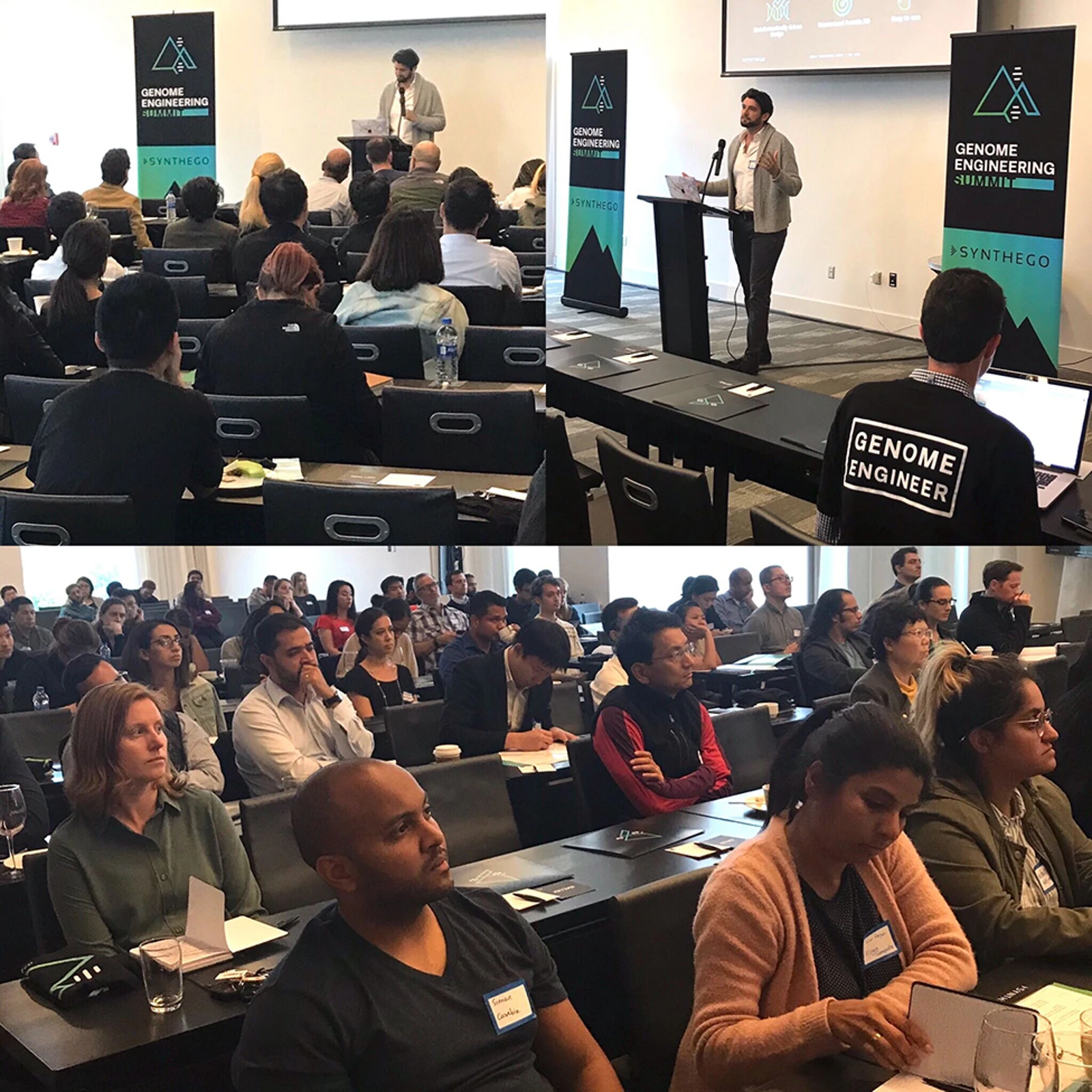
Last, but not the least, David Conant, Head of Bioinformatics at Synthego, introduced our newest product: Gene Knockout Kit v2, a simple and robust gene knockout strategy featuring multi-guide sgRNA that guarantees a protein knockout on the first try. In this talk, Dr. Conant described the design process behind smarter CRISPR guides using bioinformatics and discussed data showcasing how multiple sgRNAs produce a more reliable knockout compared to individual sgRNA.
Dr. Conant showed that Synthego achieved robust functional gene knockout using this multi-guide approach. For a detailed explanation of the multi-guide approach, check out Dr. Conant’s blog interview.
For more information about the bioinformatics behind the multi-guide technology, register for our upcoming webinar featuring Dr. Conant: CRISPR Gene Knockouts: Re-engineered.



